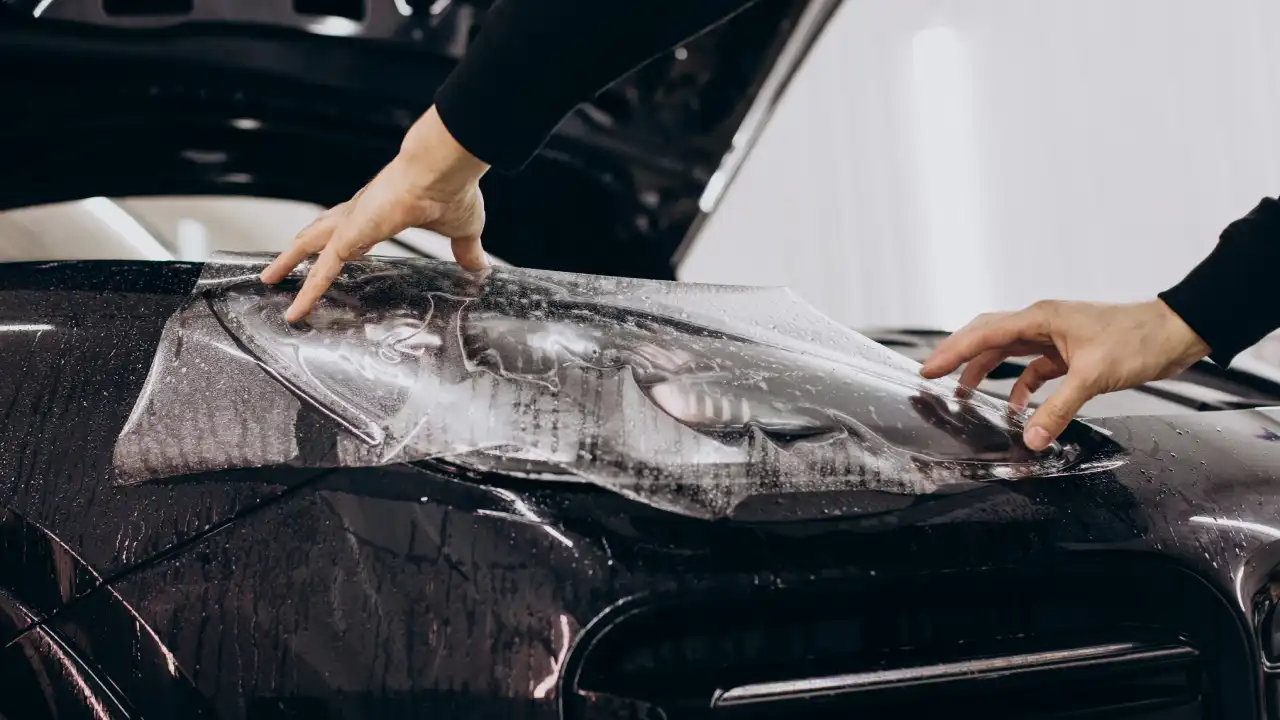AMG has also created new chassis mounts in a bid to improve NVH properties and the road surface sensitivity of the original model.
The uniquely styled body, meanwhile, uses a mix of aluminium, steel, magnesium and carbonfibre.
Key among the changes to the new performance coupé is an abandoning of the rear transaxle, a layout first employed with the SLS and continued through to the first-generation GT. Instead, the new GT’s engine and gearbox are mated up front in a move aimed at freeing up space for a fully variable 4Matic+ four-wheel drive system and rear-wheel steering, as seen on the SL.
Despite the change, the new model’s front-to-rear weight distribution is claimed not to vary much from the outgoing GT’s 47:53 figure.

Underneath, newly developed Active Roll Control suspension uses a combination of double wishbones up front and a multi-link arrangement at the rear, with steel springs, variable damping and hydraulically operated roll bars. Once again, it is the same set-up used by the SL but with altered elastokinematic properties and tuning to give the GT “a distinctly different driving character”.
Inside, the GT is expected to feature largely the same 2+2 interior as the SL, albeit with detailed changes in trim to reflect its more overtly sporting positioning.





More Stories
The World’s Only FIA Endurance Racing Minivan
McLaren, Lockheed Will Collaborate On “Futuristic” Supercar Design
5 Frugal Tips to Use When Buying Your First Motorbike